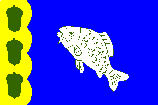
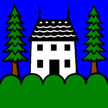
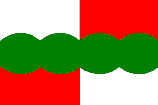
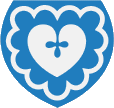
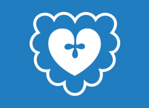
Flag of Sopřeč, Czech Republic (fotw); Flag of
Oberhof, Switzerland (fotw);
Arms and Flag of Vestre Slidre, Norway (Tomislav Šipek);
Flag of Lázně Bělohrad, Czech Republic
(fotw)
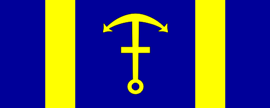

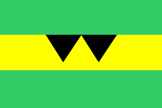
Flag and Arms of Cirkulane, Slovenia (fotw); Flag of Menàrguens, Spain (fotw)
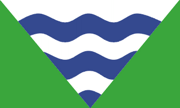
Flag of
Marsaskala, Malta (fotw)
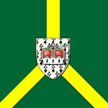
Flag of Knjaževac, Serbia (fotw)
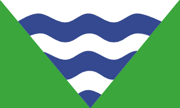
Flag of Marsaka, Malta (fotw)
![[Gay triangle flag]](../images/v/vxt-d009.gif)
A Gay Triangle Flag (fotw)
![[Iron Cross]](../images/v/vxt-d670.gif)
![[German Naval Jack]](../images/v/vxt-d593.gif)
![[German Admiral]](../images/v/vxt-d593a.gif)
![[Prussian War Ensign]](../images/v/vxt-d2807.gif)
Iron Cross 1939-45;
Naval Jack 1903–1919;
Admiral’s Flag, Germany (fotw);
War Ensign 1818 – 1867, Prussia (fotw)
Please note that the above term should only be used when the cross pattée being described is black and carries a white or silver border and/or is of Germanic origin.
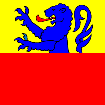
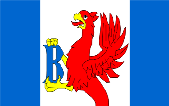

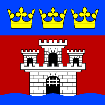

Flag of Givisiez, Switzerland (fotw); Flag and Arms of Brusy, Poland (Jarig Bakker); Flag of
Jönköping, Sweden (fotw); Arms of Märkisch-Oderland, Germany (fotw)
Please note that the correct English heraldic term for a charge or figure emerging from the side of a shield, banner of arms or a flag is ‘naissant’.
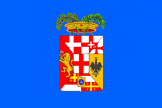
Flag of Alessandria, Italy (fotw)

The Arms of Messina, Italy (ita24)
Please note that several of the terms giving shields a national identity, as well as those describing a specific type, are still in the process of standardization, and that no consistent approach has thus far been identified.

![[St. Patrick's Cross]](../images/v/vxt-d397.gif)